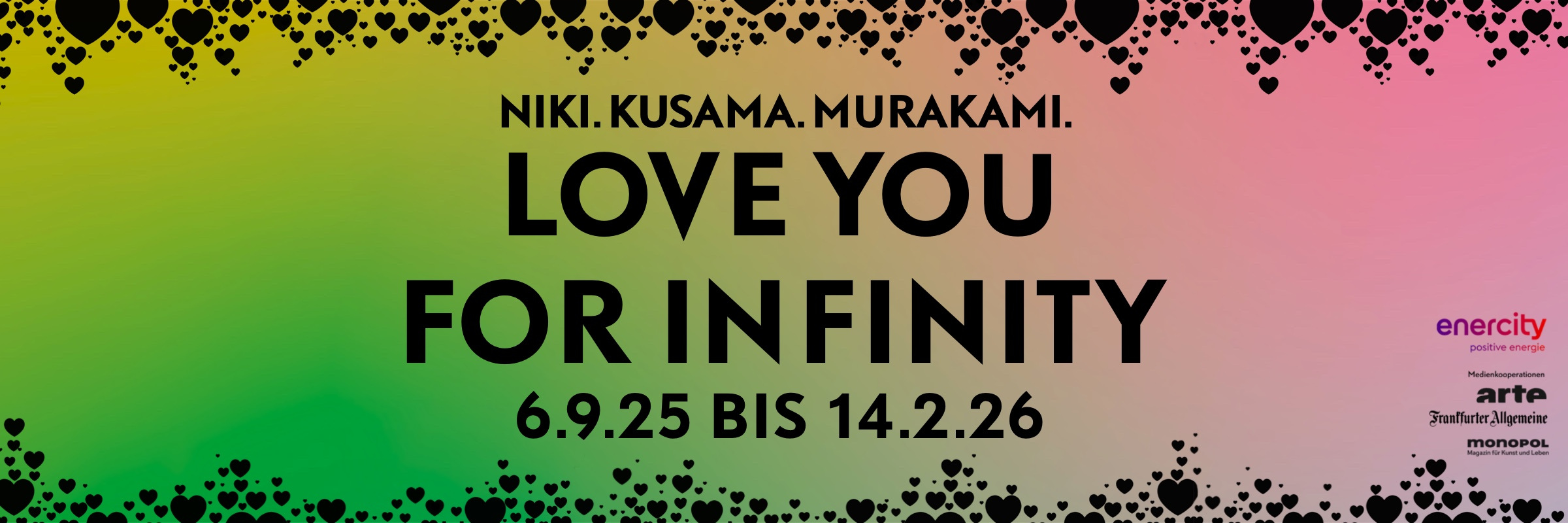
Mara Novak & Francisco Valenca Vaz
Creams an der Donau
Project Info
- 💙 6500K Licht und Medienkunst
- 💚 Artists
- 🖤 Mara Novak & Francisco Valenca Vaz
- 💜 Artists
- 💛 Artists
Share on
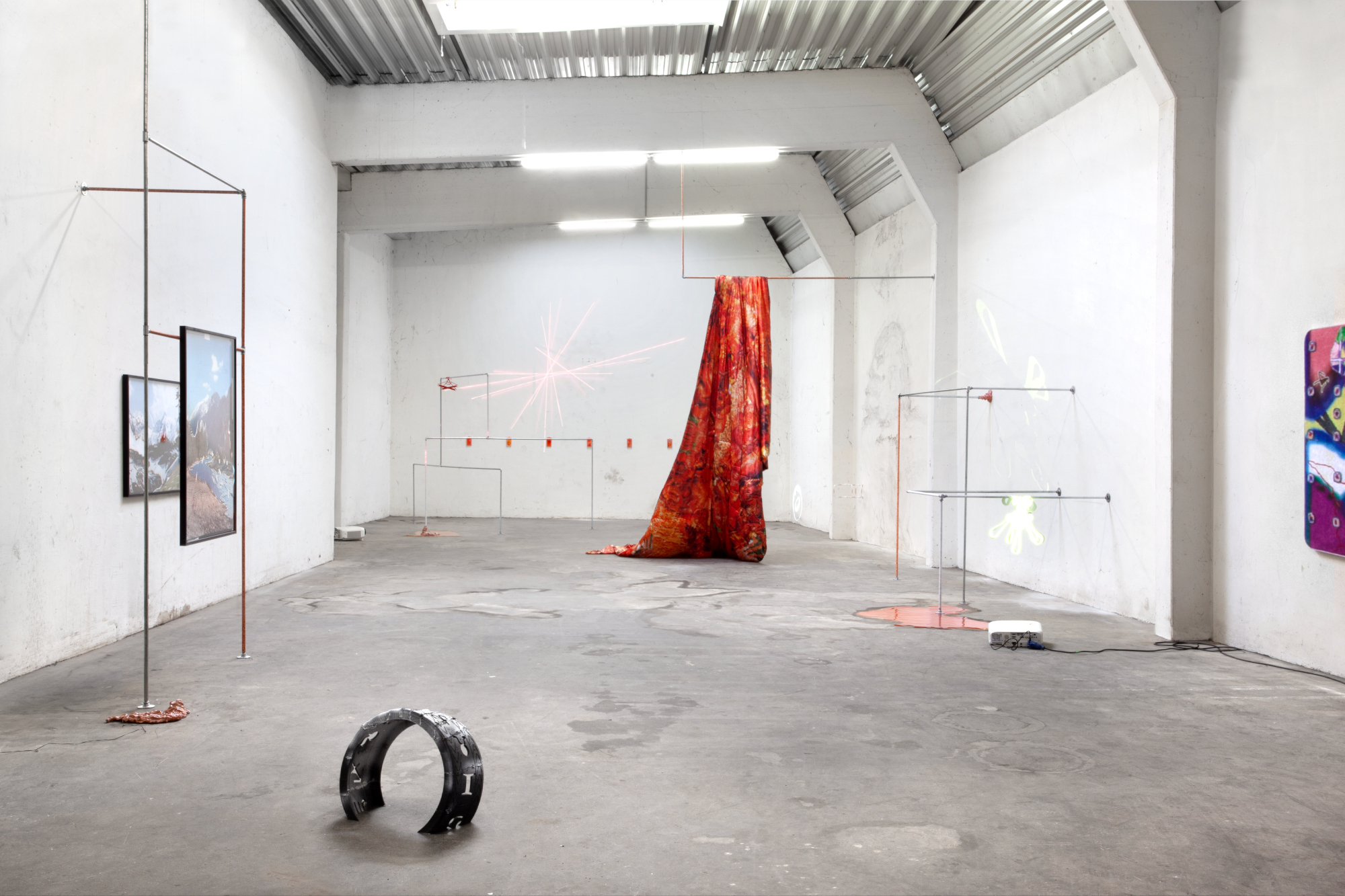
Exhibition View: Creams an der Donau, 2025, Novak & Valenca Vaz
Advertisement
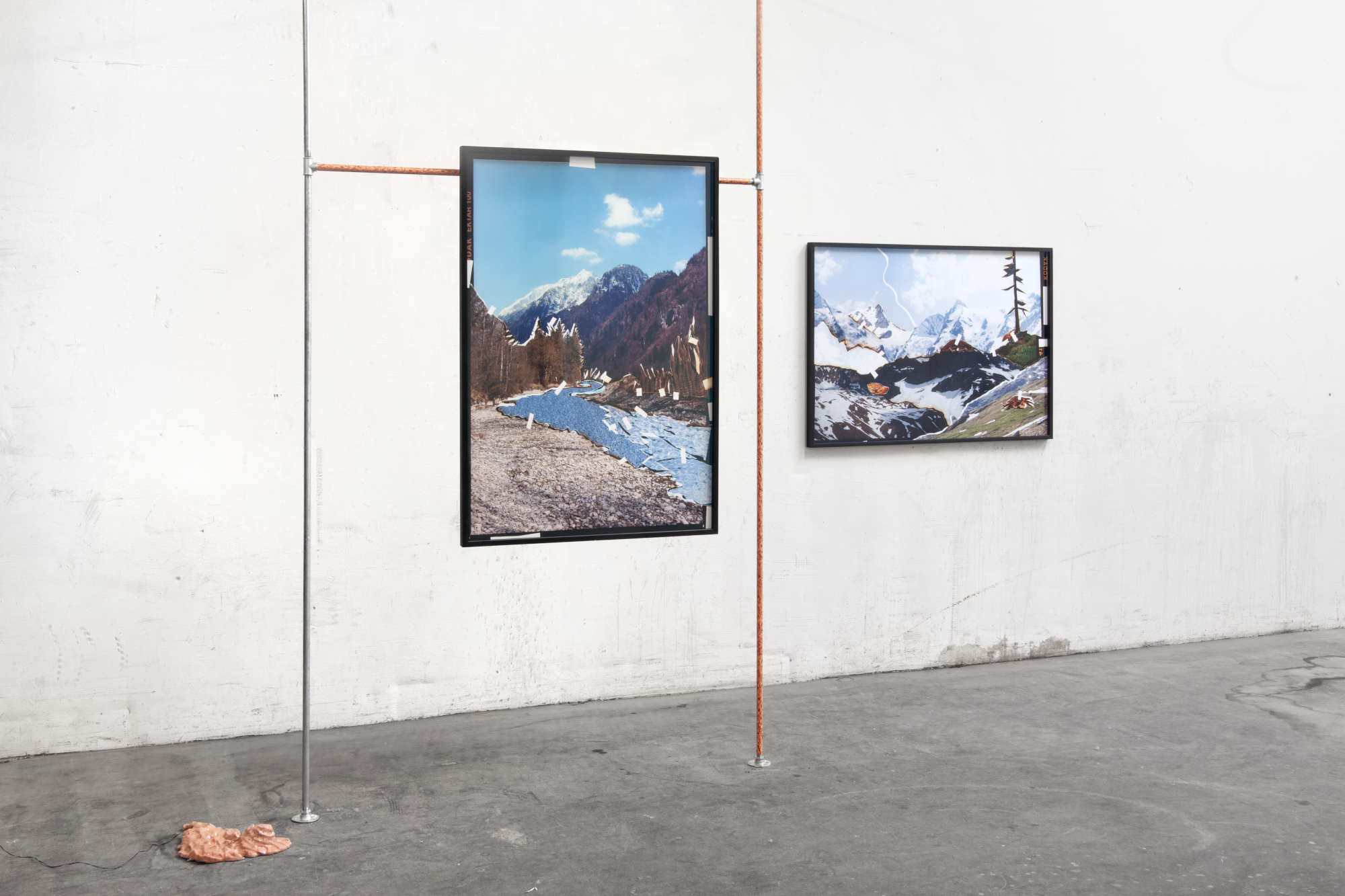
Lefe: Mara Novak | first course | 2023 - Right: Mara Novak | serving landscape noodle river | 2023
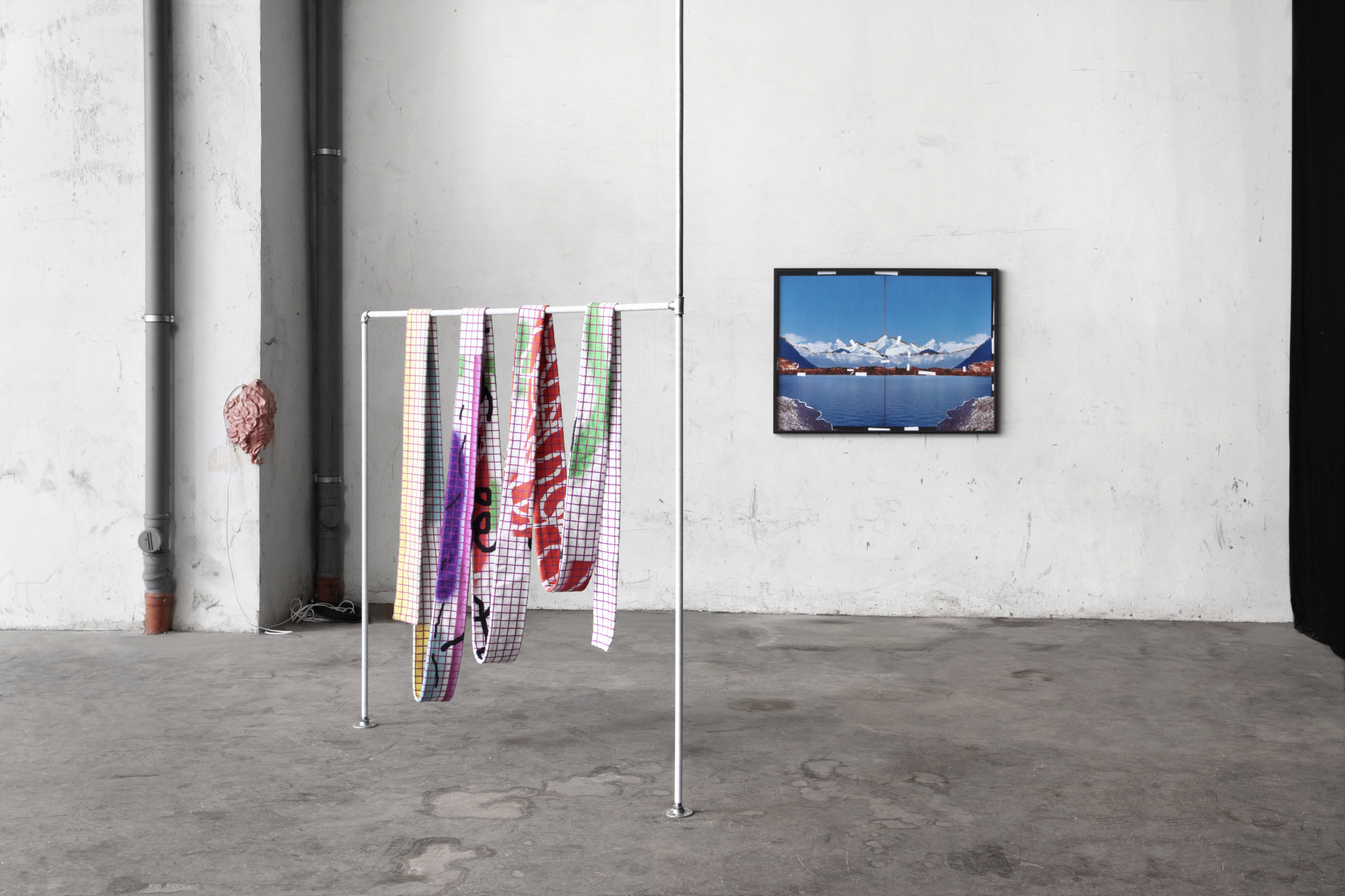
Left: Francisco Valença Vaz | Etwas lähmt jemanden die Zunge | 2022 - Right: Mara Novak | serving landscape lobster | 2023
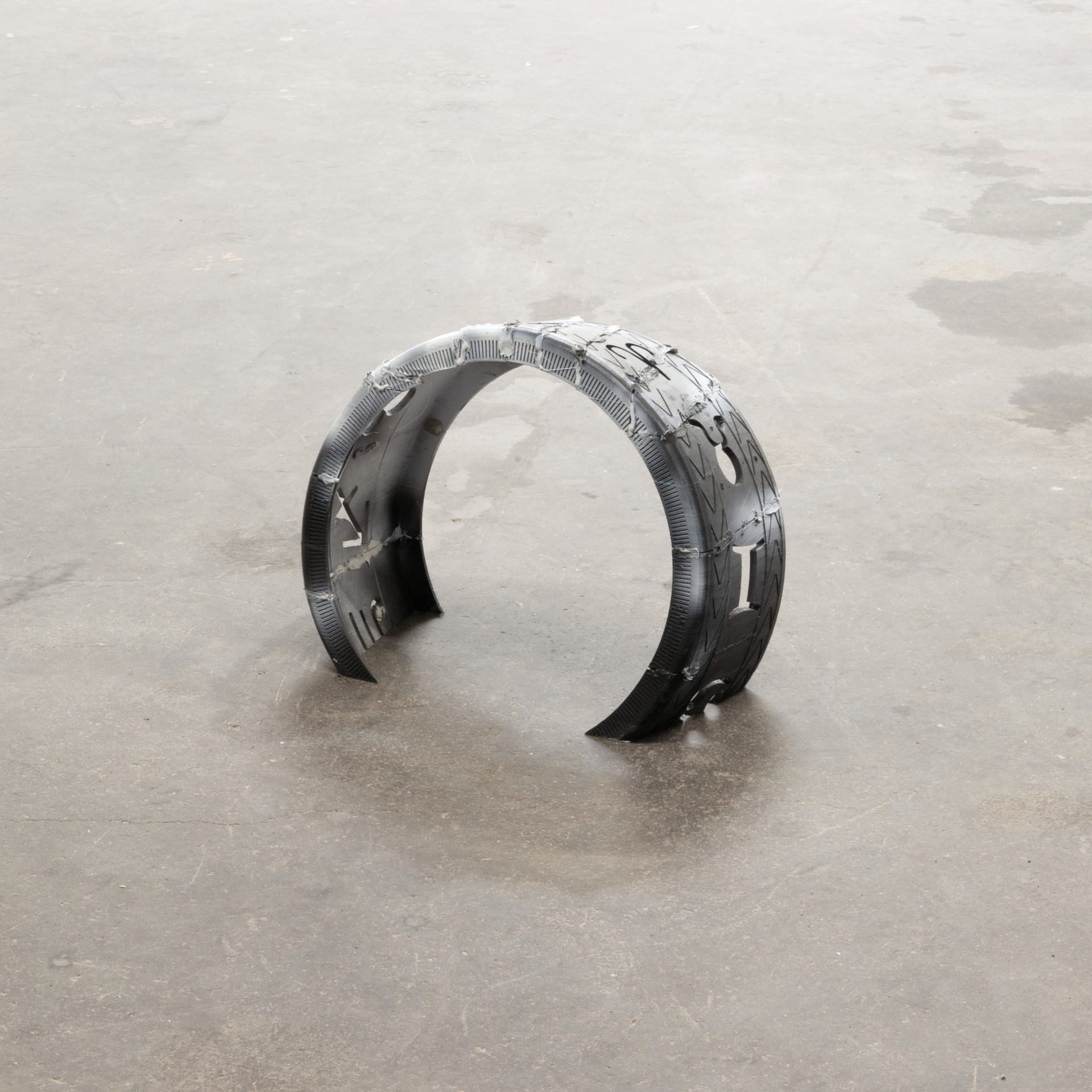
Francisco Valença Vaz | every street has your name II | 2025
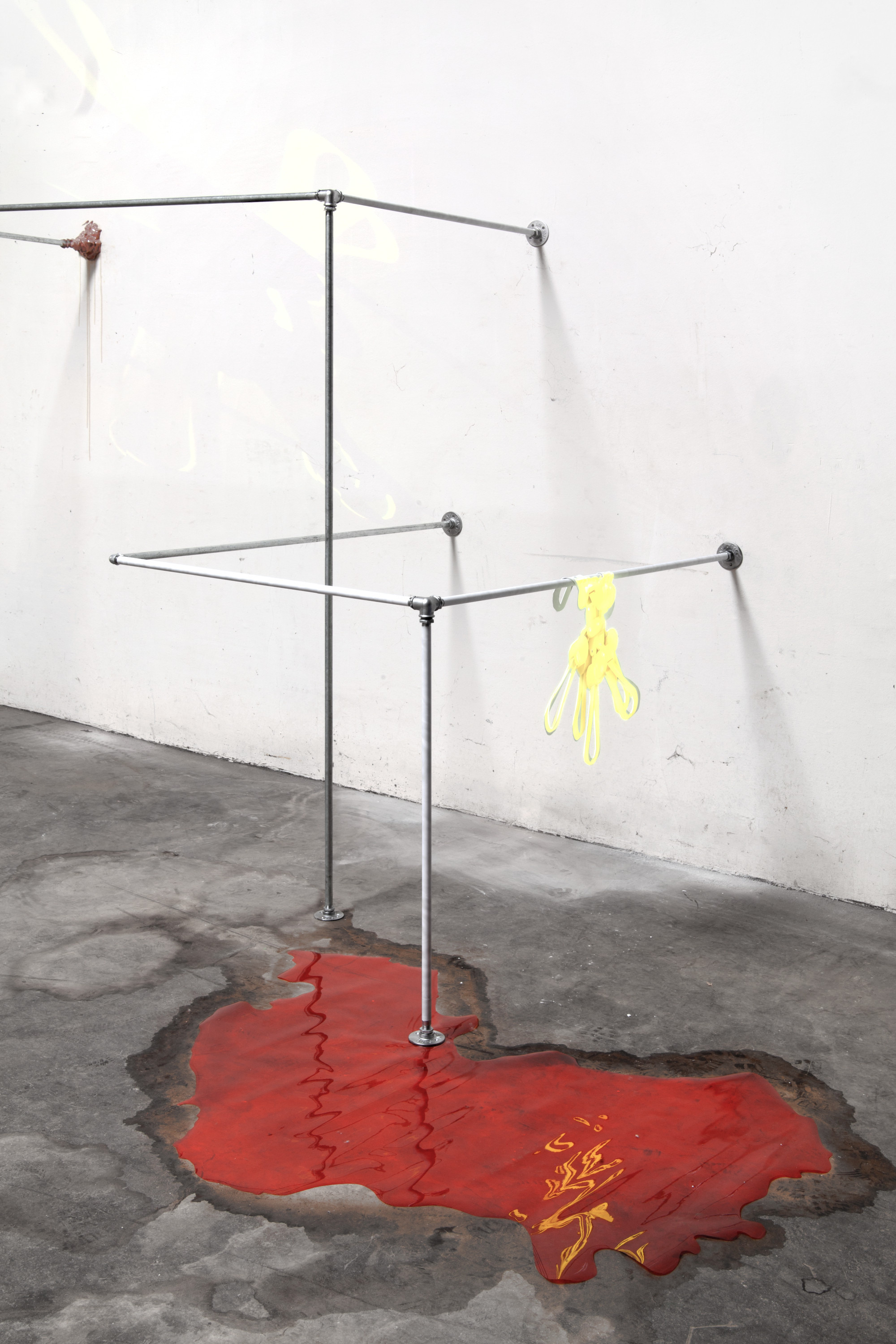
Francisco Valença Vaz | Series: with persuasive trace resting heavy behind your shoulders | 2024
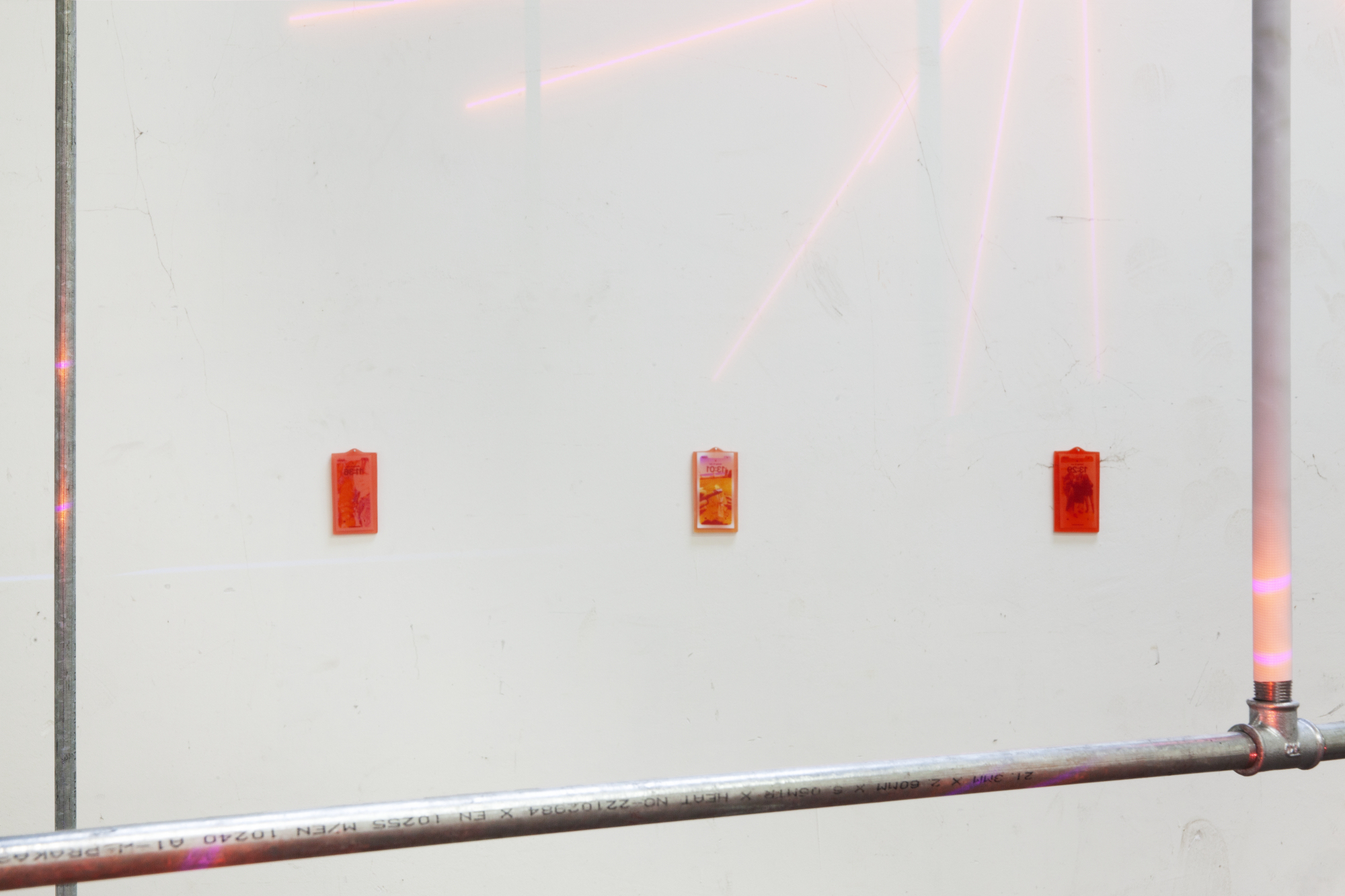
Mara Novak | selfie with ... | 2023
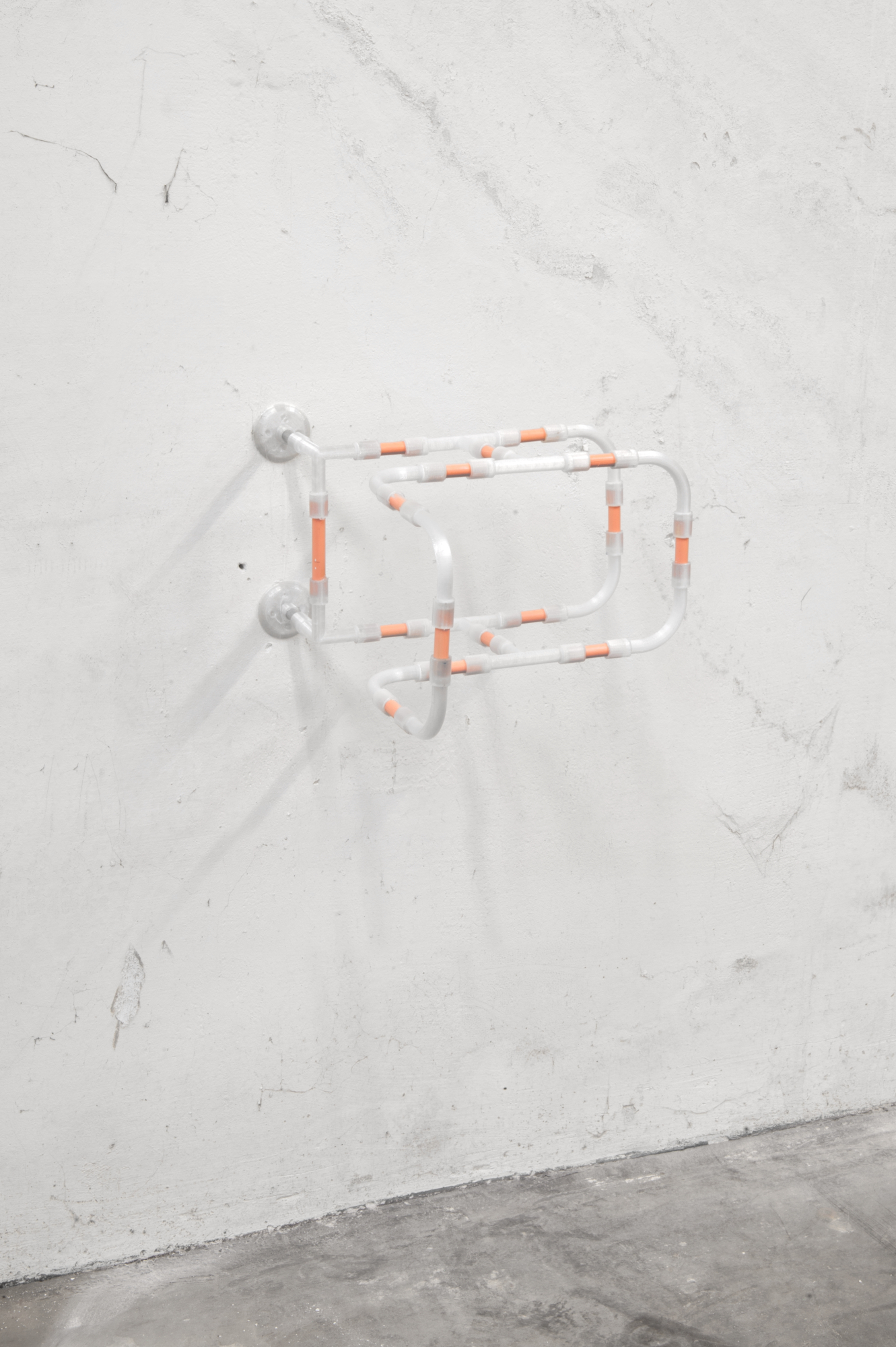
Francisco Valença Vaz | your loos tbh | 2025 | Holz, PET
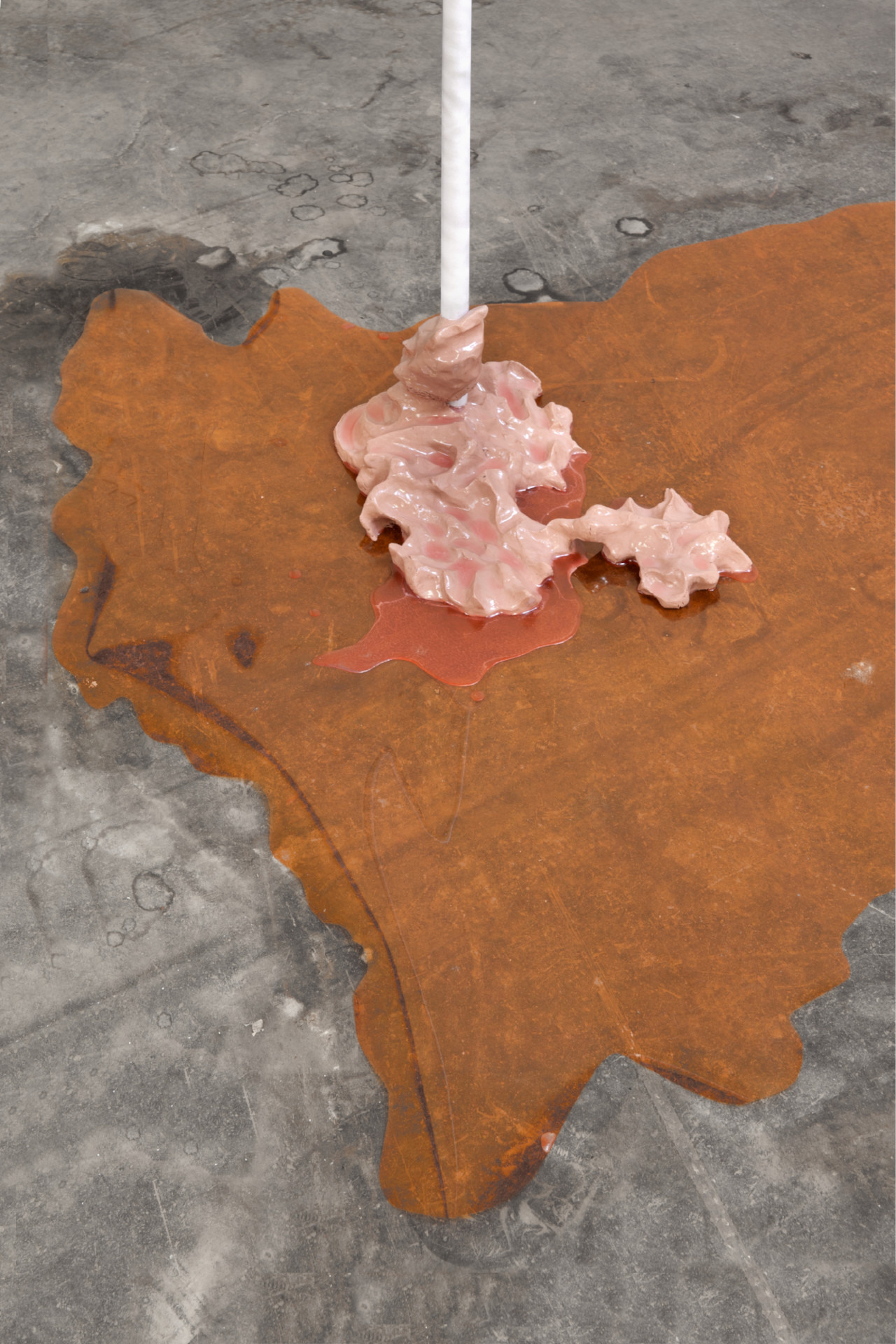
Exhibition Detail: Creams an der Donau, 2025, Novak & Valenca Vaz
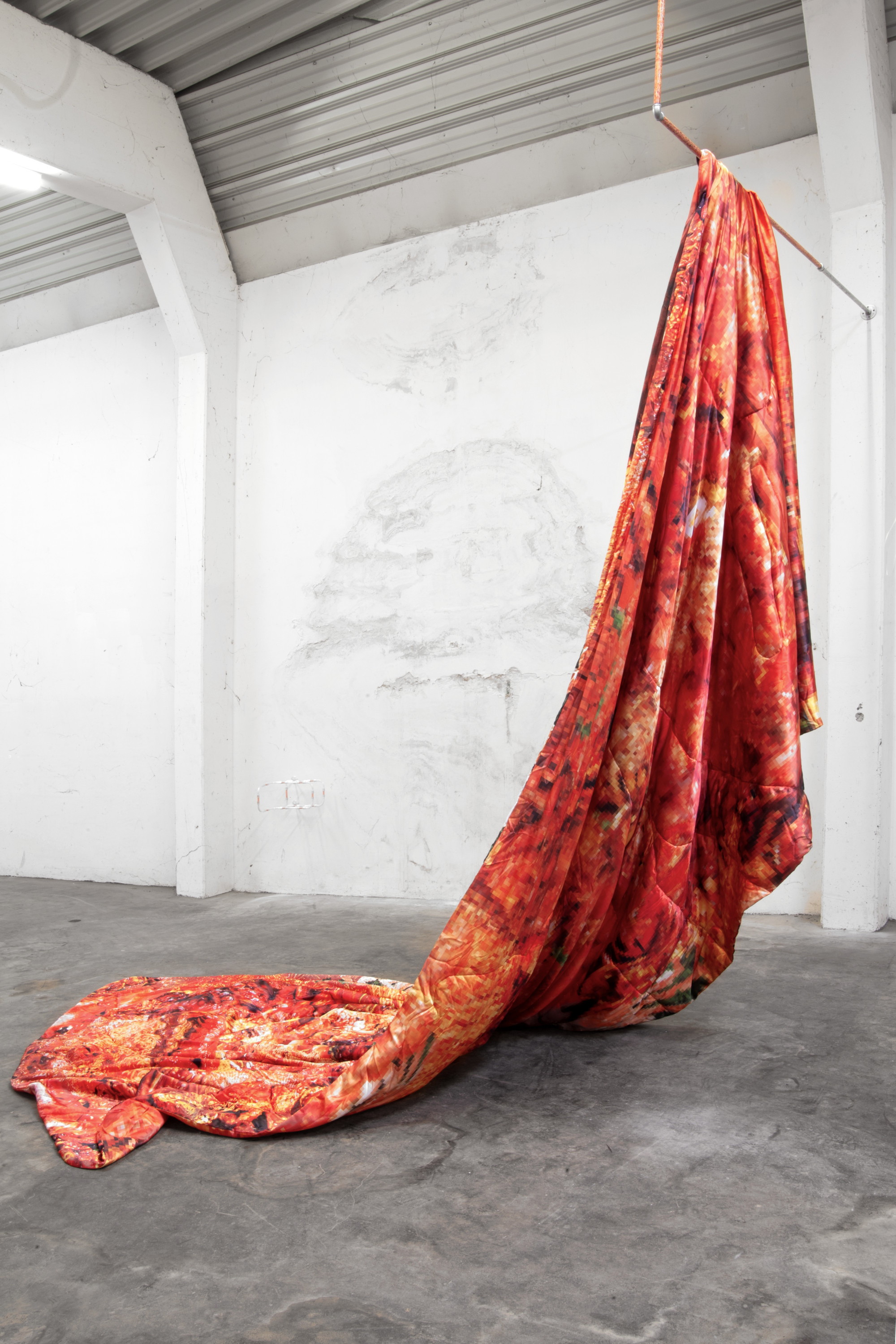
Mara Novak | slurpy enterprise | 2023
Today I saw the Danube twice – in Krems and also in Vienna. And even though I moved through different places, I experienced similar moments as before, even if they are no longer the same. It often seems to us as if there is a kind of circulation of things, of meanings – a cycle that keeps moving, like in my body, in my blood vessels. Circulation and streams, first appeared as concepts in past centuries in a medical context, referring to the circulation of blood, bloodsteam. In the early 19th century, the term also described the order of a well-functioning national economy. Today, circulating data includes signs, images, and discourses – a circulation of cultural economies. Knowledge circulates, shaped across different media, changing with each new form of representation, and always embedded in power relations. On the other hand, circulating infrastructures – like the distribution of goods via rivers such as the Danube – are tied to physical places. Standardized through Euro-pallets, movement is conceived in fluid terms. Products that come and go are sometimes found again along water pipes. In the exhibition, this movement is performed through water pipes. These pipes – usually invisible in daily life, built into walls, ceilings, floors, or hidden in technical rooms – now appear openly. They suggest the act of transporting something. A form of transport that can be compared to migration: things, including people, no longer simply move from A to B, but circulate within symbolic orders, as signs, as carriers of meaning that change with every exchange.
Creams an der Donau presents pipes covered in the patterns of instant noodle soup and the texture of milk – a reference to the time when real milk once flowed through the exhibition space. Today, by contrast, it is images, surfaces, and associations that circulate – suspended between functionality and appearance. Images that condense – just like milk thickens into cream, into whipped cream. And not without material value: the things we consume today circulate through various actions, actions that in turn refer to physicality. "Handling" – from the hand, as the original means of trade – represents a more valuable product, a practice that stands against purely industrial culture. Thus, handcraft seems to be accorded a higher status than machine processes. The reference to or traces of hands that leave something behind appear in the exhibition alongside inflated objects and things that point to transport, or to having been elsewhere. Things that can no longer be located – a kind of spirit – appearing in various forms: representational, animated, photographic, or purely material.
To investigate and make visible this shift in information, the exhibition begins without showing itself. On the day of the opening, the space remains empty of visitors – instead opening as image, as narrative, as simulation. The classic chronology is deliberately altered in Creams an der Donau. Instead of leaving behind an echo at the end, the exhibition begins with its media trace. In the meantime, the space is documented in detailed 3D and contrasted with its physical counterpart. Installation processes, sketches, renderings, and the story of its production are brought forward, carefully documented, and circulated. In this way, the exhibition begins as a narrative. It initially exists only as a representation, as a visualization of a possibility – curated through the photographic gaze, which always selects, overlays, interprets. The real space remains, for a moment, a claim.
Only weeks later does the door open, and the physical body of the exhibition becomes visible. What remains elusive is a fixed body – or the attempt to remain faithful to the images presented.
Artists

